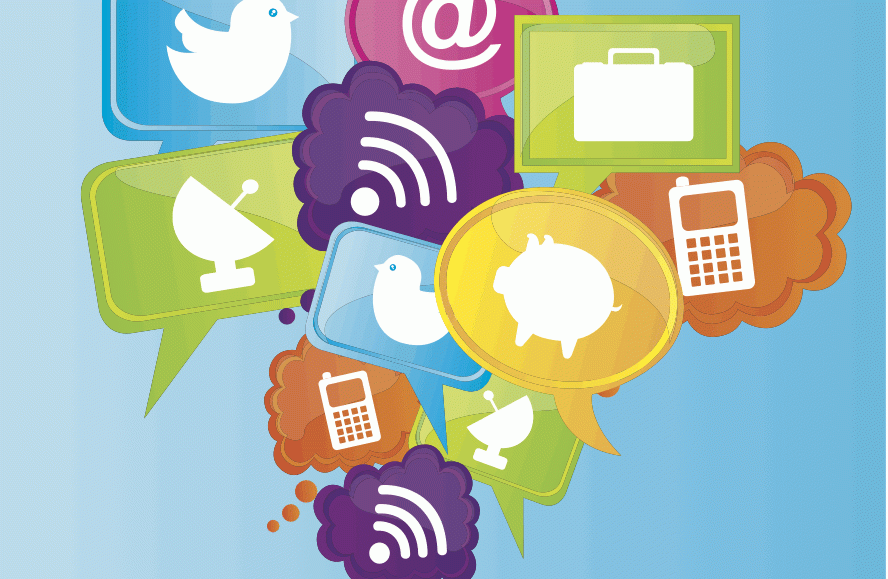
Alan Wolk is global lead analyst at KIT digital, which helps traditional TV broadcasters make the transition to broadband TV broadcasters. Follow him on Twitter @awolk.
While the terms “social TV” and “second screen” are often used interchangeably, they are, in fact, two different experiences: Social TV is a subset of second screen — and a somewhat minor one at that.
As technology and adoption advance, every show will need to come up with its own unique spin on what constitutes valuable second-screen content. For a baseball game, it may be a very graphics-intensive take on statistics; for a reality game show, it may be online voting. Those decisions are up to the networks and the individual show runners, who’ll need to balance their goals (e.g., increase tune-in or cement loyalty) with what their budget allows.
For shows that want to give their viewers something more, the second screen offers a world of opportunity for expanding and enhancing their relationship with what they’re watching. The HBO “Game of Thrones” app is probably the best example of this. It allows viewers to understand who each character is when they appear on screen, what their relationship is to the other characters and where exactly in the mythical kingdom of Westeros their home is located. It’s a great application for a show with such a large cast and helps draw viewers deeper into the programming.
While these experiences all take place on the second screen, there’s nothing particularly social about them; viewers are interacting with the app but not with each other. Relying on social TV (which usually means Twitter, given that Facebook conversations are primarily private) is a great option for event shows like the Oscars, which already get heavy discussion on Twitter, or for shows whose demographics are in line with those of Twitter. This is the problem in a nutshell: Despite the fervent wishes of many in the ad tech world, Twitter does not have anything close to universal adoption and remains a niche medium, albeit one with influence far beyond its numbers.
Which is why social TV is such a misnomer. While it’s not necessarily a bad idea to include a Twitter feed or the ability to post to social networks directly from an app, highlighting social activity is rarely going to form the basis of a second-screen content strategy. Its current popularity is due to the fact that it’s easy to set up and easy to measure, making it an inexpensive way for the networks to dip their toes in the water, given the nascent state of second-screen apps.
Over the next 18 to 36 months, however, these apps will become more sophisticated and more ubiquitous, turning from companion apps to full-fledged program guides with remote control capability (e.g., you can use them to change the channel), at which point the major networks will begin to create richer second-screen experiences that more accurately reflect the content of their shows and the interests of their viewers, most of whom don’t use Twitter. The money to do this will materialize as networks see the revenue-driving potential of these experiences. It’s not hard to envision the aforementioned graphic baseball-statistics experience being sponsored by Bud Light as part of an overall ad buy.
For those still committed to finding a way to chat while they’re watching television, all is not lost. There’s already an app for that. It’s called Twitter.
Image via Shutterstock
More in Media

From sidelines to spotlight: Esports events are putting creators center stage
Esports events’ embrace of content creators reflects advertisers’ changing priorities across both gaming and the wider culture. In the past, marketers viewed esports as one of the best ways to reach gamers. In 2025, brands are instead prioritizing creators in their outreach to audiences across demographics and interest areas, including gaming.

Condé Nast and Hearst strike Amazon AI licensing deals for Rufus
Condé Nast and Hearst have joined the New York Times in signing a licensing deal with Amazon for its AI-powered shopping assistant Rufus.

Media Briefing: AI payouts may be entering a new era
AI compensation is evolving — and new models, not just publisher demands, are driving the shift beyond flat-fee licensing.





